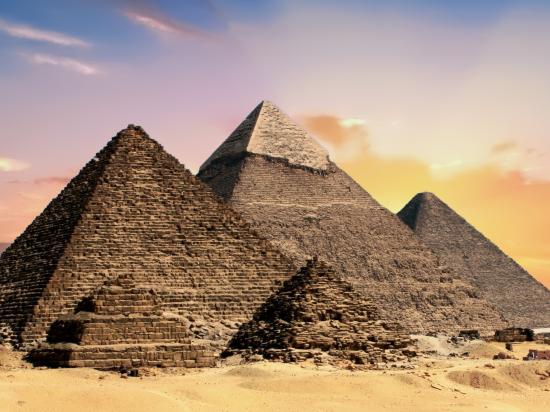The Pyramid of Chephren
The Pyramid of Chephren, also known as the Pyramid of Khafre, is an ancient Egyptian pyramid located on the Giza plateau, just outside of Cairo. It is the second largest of the three pyramids at Giza and is named after the pharaoh Khafre (also known as Chephren), who ruled during the Fourth Dynasty of the Old Kingdom of Egypt.
The pyramid was constructed around 2550 BC and stands approximately 143 meters (471 feet) tall. It was built using large blocks of limestone, and its base measures around 215 meters (705 feet) on each side. The pyramid is famous for its well-preserved limestone casing stones at the apex, which give it a smooth, pointed appearance.
The interior of the pyramid contains a series of chambers and passages, including a burial chamber where the sarcophagus of Khafre was placed. The burial chamber is located about 43 meters (140 feet) above ground level, and is accessible via a narrow, steeply inclined passage.
The pyramid also features several other notable architectural features, including a mortuary temple on the east side, a causeway that connected the pyramid to the temple, and a valley temple located near the Nile River. These structures were used in the funerary rituals and ceremonies associated with Khafre's burial.







